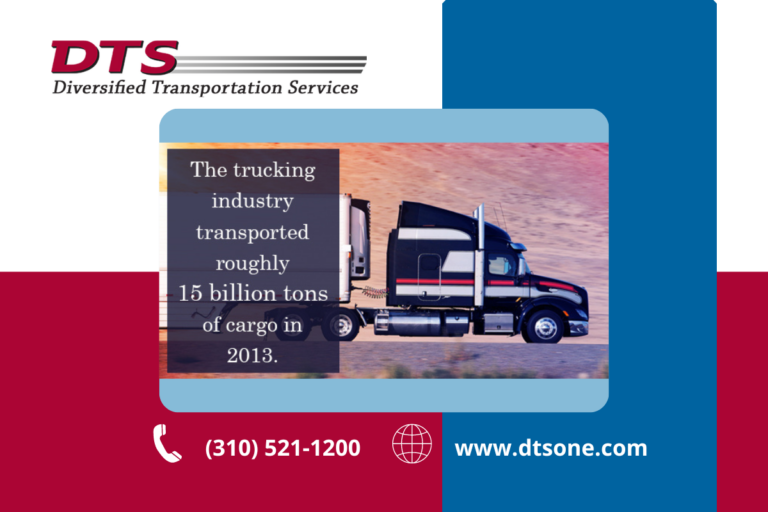When it comes to shipping your freight around the country, you have a few options for shipping services. Two of the more popular types of shipping are less than truckload and full truckload freight.
Here are the major differences between the two:
Handling and Transit time
- Truckload freight: When you ship with full truckload freight, your freight is the only thing on the truck. This means that the driver picks up your freight and drives it straight to its destination along with the required breaks the driver needs to take. This means that your shipment will get there much faster.
- Less than truckload: Less than truckload (LTL freight services) combine shipments from multiple shippers so your freight will be on a truck with other shippers' freights as well. This will extend the transit time because there will be multiple stops along the way. LTL shipping also adds a lot more handling compared to a full truckload.
Weight and Size of Shipments
- Truckload freight: A truckload shipment can include anywhere between 24 and 30 pallets, depending on the size of the trailer. The space your freight takes up on the truck has more impact than the weight does, so the weight of a full truckload shipment can range from 5,000 pounds up to 45,000 pounds.
- Less than truckload: LTL shipping services require the freight to be smaller than a full truckload because you're sharing the truck with others. So, LTL shipments usually include one to six pallets. The typical weight for an LTL shipment is between 200 pounds and 5,000 pounds.
Cost per Shipment
- Truckload freight: Shipping rates for truckload freight are completely dependent on the market. There is no set pricing unless you have a contract with the shipper. Shipping rates fluctuate frequently, sometimes from day to day. When determining your rate, the shipper will take the market, the weight of the shipment, the origin and destination, and the cost per mile into consideration.
- Less than truckload: Shipping rates for LTL are determined by the National Motor Freight Traffic Association (NMFTA). This is a nonprofit membership organization consisting of interstate motor carriers. The rates are determined by your origin and destination, your NMFTA shipping class, the amount of space your freight takes up on the truck, and any accessories you require.
The trucking industry transported roughly 15 billion tons of cargo in 2013. By 2040, the Bureau of Labor Statistics estimated that number to jump to 18.79 billion tons. Whether you ship with LTL or full truckload freight, we can take care of your logistics needs.
